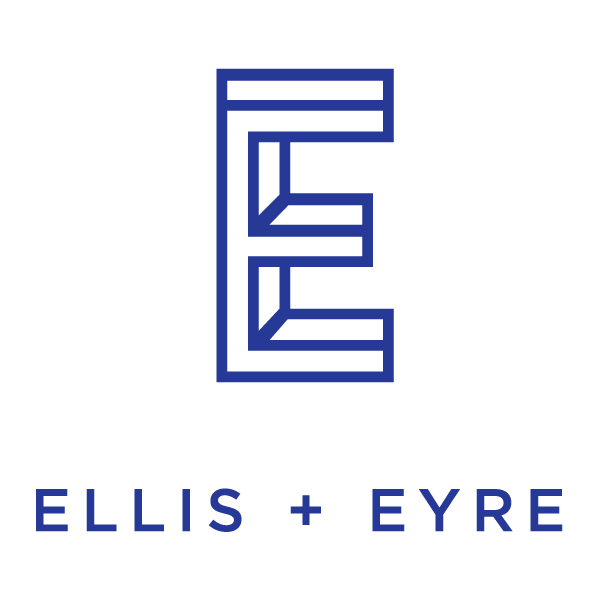How To Get Past My Inbox
A prospective graduate student tells you what she wants in an email.
As a recent college grad applying to graduate schools, I am constantly barraged with marketing from higher education. I receive over a dozen emails a day and several print mailings each week. When I was applying for undergrad, the barrage of mass communication from colleges was even more intrusive and meaningless at a time when I wanted clarity.
I wish colleges knew that their communication seems contrived most of the time.
The most effective way colleges can engage with prospective students is through intimate and authentic communication.
Here’s how you can get me to open (and act on!) your email.
1. Your subject line is the MOST important part.
I leave most emails unread. It’s not getting opened unless its subject line feels personal or contains timely content like deadline and event information. Below are subject lines from emails I've received (and opened) from a graduate program:
“You have 30 days left to apply”
“Application Deadline Approaching”
“Oops! Live Session will be rescheduled”
“Let’s Chat: Live Q&A Tomorrow”
Stay brief. Some subject lines are too long to read when unopened, especially on mobile devices. I recommend sticking to subject line lengths of six words and no more than 40 characters.
2. Please! Write for mobile users.
I use my phone for casual college research, opening emails, checking social media accounts, and clicking through websites. If you’re not writing and formatting emails for mobile users, you’re alienating your prospects. These days, it is extra easy for me to become distracted by a notification and stop reading your email to check another app, so you have even more limited time and space to keep our attention.
Here are some do’s and don’t to make your content digestible and accessible for prospective students using their phones:
DO use bullet points
DO bold important information and dates
DO use graphics and pictures
DO link to social media accounts, webpages, and contact information
DO make sure your email software detects device type and adjusts text size
DO add a CTA link or button after the first paragraph.
DON’T use long paragraphs in emails or social media posts. Three short sentences per paragraph!
DON’T use two columns, centered text, large-width images, or anything that creates horizontal scrolling
Here’s an email I received from Colorado College that I disliked as a prospective student. The email missed the opportunity to include any pictures, videos, or graphics, especially of the student they mentioned. Instead of this dense wall of text, I think this email could have provided a brief summary that linked to a webpage with more content.
3. Work that “From:” field.
Emails should come from a human. I want to know the specific person who is emailing me. Bonus points if I hear from a specific person most of the time or receive an admissions counselor based on the region I live in.
When applying for undergrad at Bowdoin College, I always heard from the admissions officer assigned to the Midwest region of the United States since I lived in Chicago, Illinois. This made me feel like I wasn’t in a massive pool of applicants and that Bowdoin was paying special attention to its applicants.
Here’s an example of what not to do. Note the sender is an institution, not a person.
4. Personalization has to be real.
Students know when our names are being auto-filled into emails and brochures. You can say “Dear Eleanor,” but that shouldn’t be the only thing that seems personal about the email. You can’t stop there. If you’re not offering other one-on-one opportunities to connect, then this sort of personalization seems fake. Make sure to offer ways to chat with admissions counselors over the phone, online, or in-person.
Here’s an example of an email I received from Northwestern’s School of Professional Studies that impressed me because it offered informal ways to talk about their program in one-on-one settings.
Side note: When I first started looking into Northwestern’s graduate program, I got a phone call within days from an outreach admissions officer offering to answer any questions I may have. I was so impressed that my initial interest prompted action on their end in a personal way. A recent study on marketing and recruitment for graduate students found that almost 75% of prospective graduate students expect a response to their inquiry within a day.
5. Formal language and content is a turn-off.
I prefer a conversational tone in admissions emails. I feel like formal language is inaccessible and unwelcoming, especially if communication seemed conversational before. Once you draw students in, you need to show them a warmer, less wooden side of your institution.
I’m well aware that you need to use formal language and presentation to seem prestigious, but that’s not what’s going to make you stand out or give prospective students a clear image of your school.
I like reading profiles of individuals (current students, faculty, staff, and alumni) that bring the college to life. I remember universities that feature the real versions of students — not just the official, tour-guide profiles and quotes we’re used to. Don’t edit out speech mannerisms such as “like” and “kinda” and “totally” and “really cool.”
In conclusion, get risky.
My biggest advice for college marketers is that you need to balance formal communication with a less polished version of your content. If this feels risky, I’m here to tell you that it’s okay — it’s what we want.





